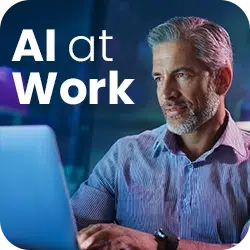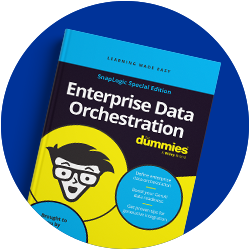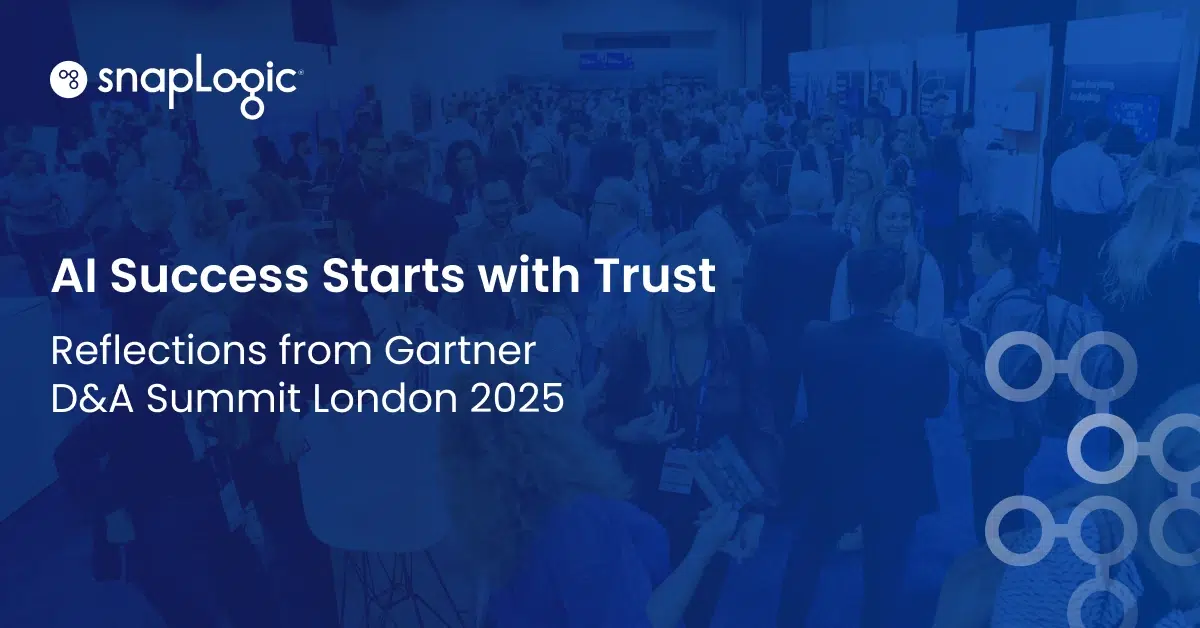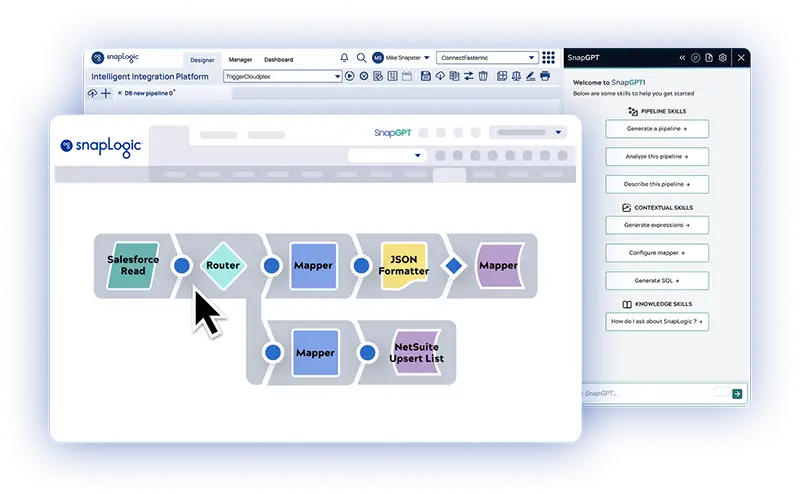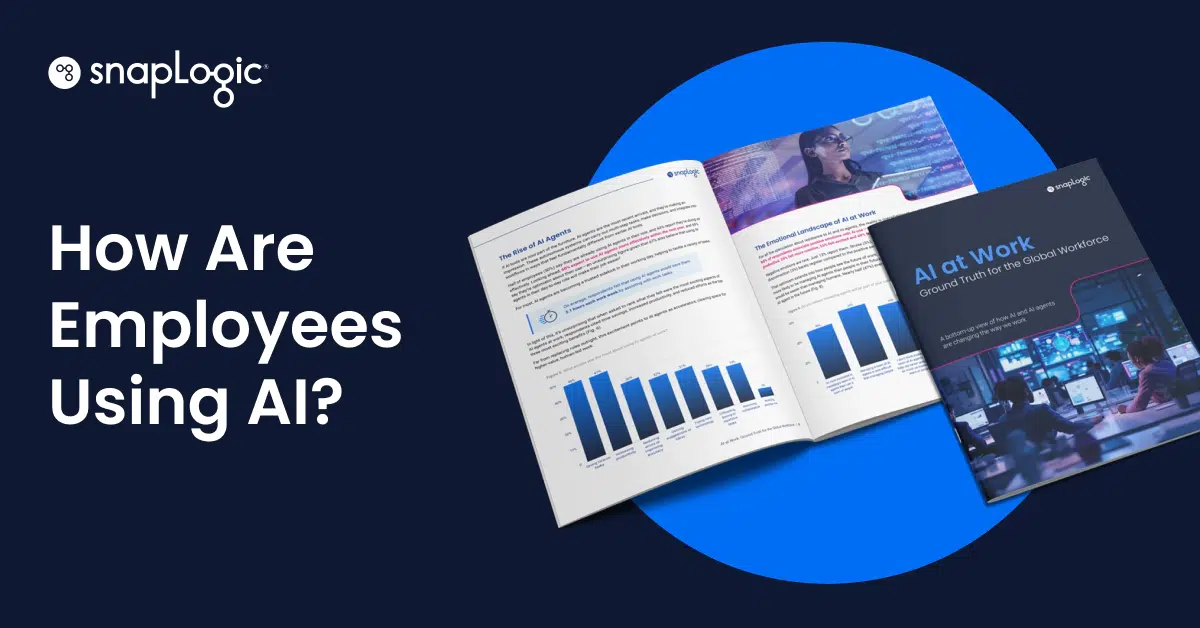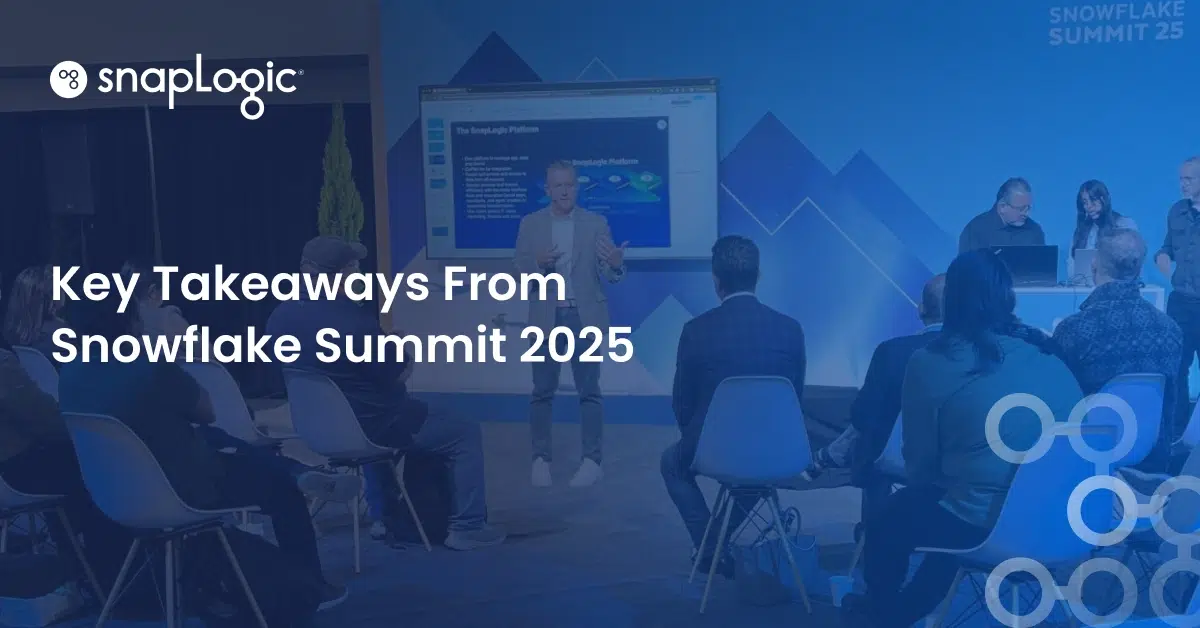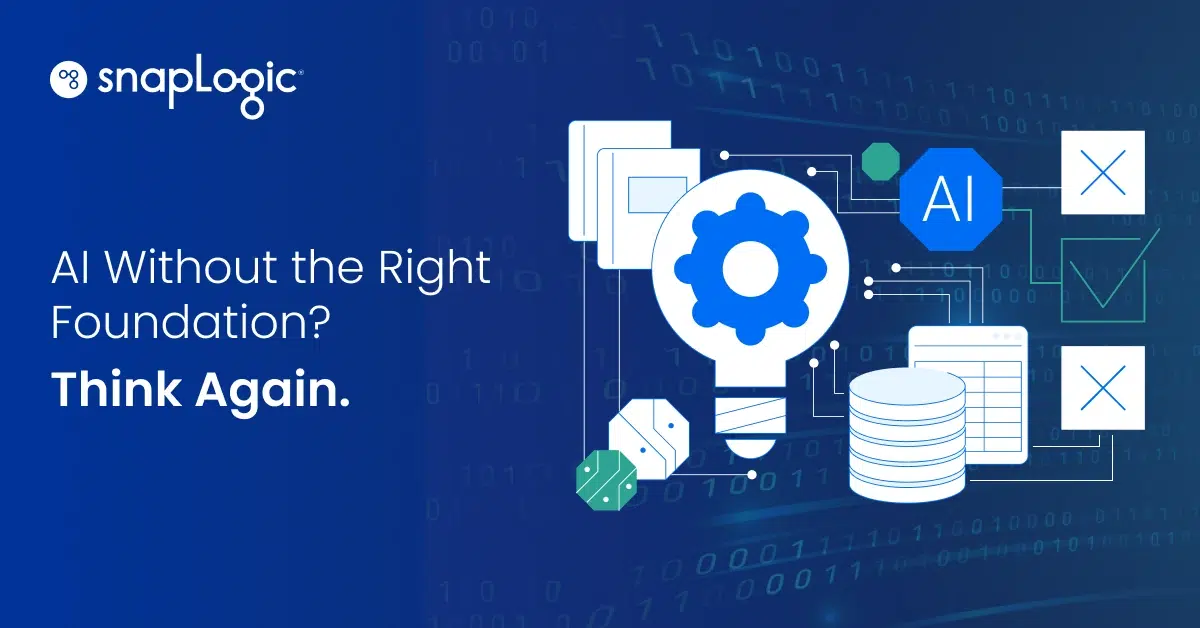L'impegno proattivo e la formazione sono essenziali per dare forma a un'economia AI incentrata sull'uomo. Questo è stato il messaggio più forte del Gartner Data & Analytics Summit di Londra della scorsa settimana, ripreso con forza dai relatori Aura Popa e Jørgen Heizenberg.
Hanno paragonato l'attuale trasformazione dell'intelligenza artificiale alla corsa allo spazio del XX secolo. La missione per raggiungere la luna era audace e ambiziosa, ma lungo il percorso ha dato vita a scoperte inaspettate, come il filtraggio dell'acqua, i telefoni con fotocamera e le scarpe da ginnastica. Questi non erano gli obiettivi originali, ma sono diventati alcune delle innovazioni più durature. La lezione da trarre? È il viaggio, non solo la destinazione, a fornire un valore duraturo.
Lo stesso vale per l'IA. L'Intelligenza Artificiale Generale (AGI) può essere il moonshot, ma gli strumenti, i modelli e le mentalità che svilupperemo durante questo percorso determineranno il nostro futuro economico.
Gartner ha definito questa trasformazione attraverso tre percorsi interconnessi:
- Il viaggio verso i risultati di business
- Il viaggio verso le capacità di dati e analisi
- Il viaggio verso il cambiamento culturale
E la chiave per fare progressi su tutti e tre i fronti? Fiducia, adattabilità e persone responsabilizzate.
La fiducia è alla base della preparazione all'IA
Un tema ricorrente in tutte le sessioni, dal data fabric all'automazione basata sull'IA, è stato il seguente: la vostra IA è forte quanto i vostri dati, e i vostri dati hanno un valore pari alla fiducia riposta in essi.
In un'azienda moderna, fiducia significa avere la certezza che i dati siano accurati, disponibili e pronti per lo scopo previsto. Significa sapere che le informazioni che alimentano i flussi di lavoro dell'intelligenza artificiale hanno un contesto, una provenienza e una rilevanza, e che le persone che le utilizzano possono fare affidamento su di esse per prendere decisioni importanti.
La fiducia riguarda l'intero ciclo di vita dei dati. È incorporata nel modo in cui i dati vengono raccolti, come vengono governati, come vengono condivisi e come vengono infine resi operativi. Dall'infrastruttura agli agenti di intelligenza artificiale, la fiducia è il tessuto connettivo che fa funzionare tutto.
E soprattutto, "pronto per l'AI" non significa dati perfetti, ma dati adatti allo scopo. Come ha detto un oratore:
- Un'accuratezza del 90% potrebbe essere accettabile per i cruscotti interni.
- Il 97% è la soglia per l'IA rivolta ai clienti.
- Il 99,9% è essenziale per l'automazione finanziaria.
Questo intervallo, compreso tra il 90 e il 99,9%, dimostra l'importanza di adattare la strategia dei dati al compito da svolgere. A volte la tempestività è più importante della precisione. Altre volte, il costo di una risposta sbagliata supera il vantaggio della velocità. Conoscere la differenza è ciò che definisce una strategia di dati matura e affidabile.
Ma la costruzione della fiducia è solo l'inizio. Per creare un'azienda veramente pronta per l'IA, le organizzazioni hanno bisogno di un approccio più ampio e olistico, che abbracci architettura, operazioni e cultura.
Tre leve per guidare un'impresa umanamente centrata e pronta per l'IA
1. Creare fiducia per sbloccare il valore aziendale
Per ottenere risultati di business affidabili, le organizzazioni devono:
- Stabilire chiari modelli di fiducia
- Monetizzare i miglioramenti della produttività
- Comunicare il valore tangibile di dati e analisi
La fiducia è ciò che trasforma i dati grezzi in informazioni e le informazioni in impatto.
2. Progettare l'adattabilità per scalare l'IA in modo efficace
L'intelligenza artificiale scalabile non si ottiene aggiungendo altri strumenti. Richiede una base composita e modulare che:
- Riutilizza prodotti di dati con metadati attivi
- Supporta l'evoluzione dei casi d'uso dell'intelligenza artificiale
- Consente flussi di lavoro basati su agenti che si estendono a tutti i team.
È questo che trasforma la capacità tecnica in agilità a livello aziendale.
3. Responsabilizzare le persone per sostenere la trasformazione
La tecnologia può innescare il cambiamento, ma sono le persone a sostenerlo. Per mantenere lo slancio, le organizzazioni devono:
- Stabilire abitudini ripetibili sull'uso dei dati e dell'IA
- Accettare nuovi ruoli e riqualificare i flussi di lavoro incentrati sull'agente
- Promuovere la collaborazione tra dipartimenti e discipline
Quando i team sono responsabilizzati, l'innovazione diventa parte della cultura.
Prontezza operativa nel mondo reale: lezioni da Enate
Uno dei risultati più concreti - e, a dire il vero, più significativi - del Summit è arrivato da Enate, cliente di SnapLogic (e sì, sono un po' di parte).
Il loro messaggio era semplice ma potente: quando si supportano clienti aziendali come TMF, Infosys e IHG, l'integrazione non è solo una decisione IT, ma una decisione critica per l'azienda.
Dopo un rigoroso processo di RFI, che ha messo a confronto nove fornitori di iPaaS, Enate ha scelto SnapLogic per la sua capacità di gestire integrazioni complesse con Oracle, Salesforce e SAP. Ma non è stata solo la tecnologia a distinguersi, bensì la partnership. Il loro consiglio al pubblico? "Lavorate con persone per cui siete importanti". Questo dice tutto.
In un Summit pieno di discorsi sulla strategia dei dati, sulla preparazione all'IA e sui framework architettonici, la loro sessione è stata un chiaro promemoria: non si può costruire verso l'IA se le operazioni non funzionano già senza problemi.
La storia di Enate ha rafforzato qualcosa che diciamo spesso, ma che non sempre mettiamo in evidenza a sufficienza: la giusta integrazione è fondamentale. Gli strumenti che scegliete oggi non servono solo ai team interni. Determinano l'esperienza del cliente, la velocità dell'innovazione e la capacità di scalare domani.
Riflessioni finali
Il Gartner Data & Analytics Summit ha rafforzato ciò che noi di SnapLogic crediamo da tempo: non esiste un percorso unico per ottenere dati pronti per l'AI. È un percorso che dipende dai casi d'uso, dalle priorità aziendali e dalla volontà di evolvere l'architettura sottostante.
Se vi state preparando a scalare le vostre iniziative di IA, iniziate ad allineare la vostra strategia dei dati ai risultati che volete ottenere. E se state ripensando la vostra architettura per l'era dell'IA e volete vedere cosa è possibile fare con una moderna piattaforma di integrazione, contattateci per saperne di più.
